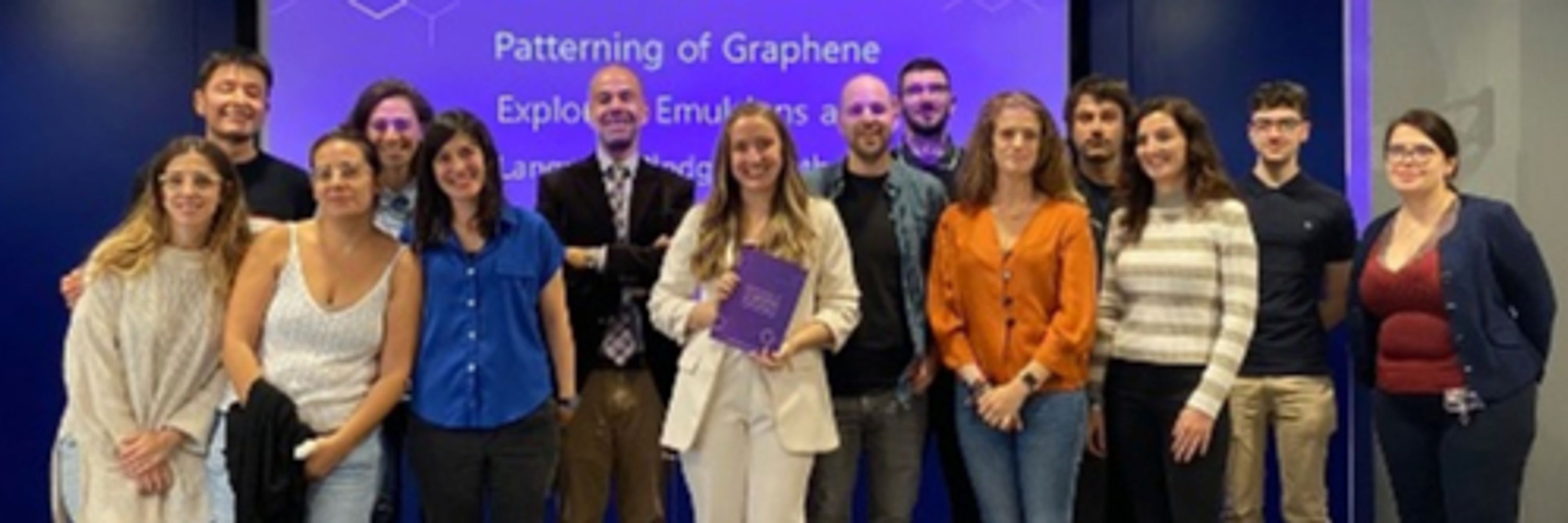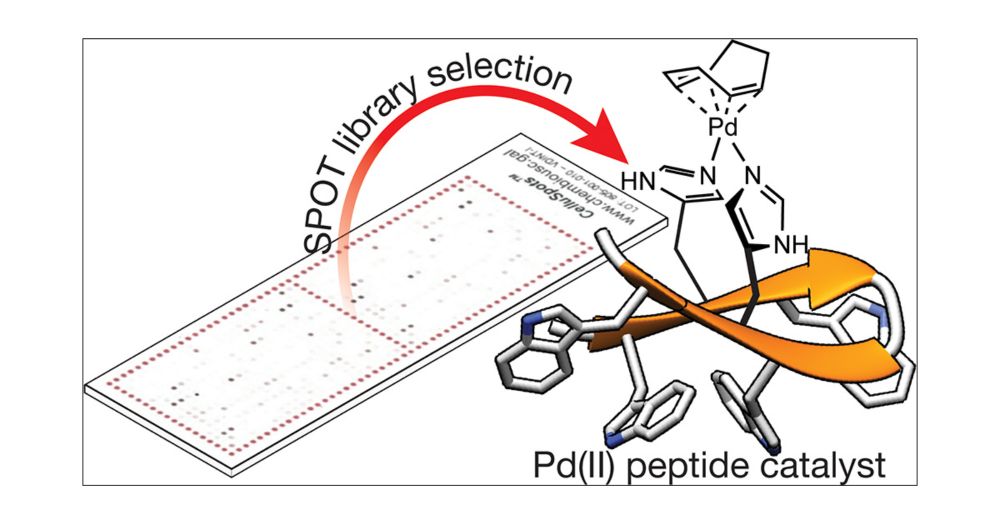Emilio M. Pérez
@emiliomperezlab.bsky.social
810 followers
1.1K following
56 posts
Scientist. Chemist. Nanocar racer. Research Prof. and Deputy Director @imdeananociencia.bsky.social. Nanotubes, 2D materials, rotaxanes, and supramolecular chemistry...mostly
Posts
Media
Videos
Starter Packs
Reposted by Emilio M. Pérez
Reposted by Emilio M. Pérez
Elena Alonso
@elenalonso.bsky.social
· Jun 30

A breath of fresh tech—carbon nanotube sensors sniff out gases with unprecedented precision
A team of researchers at IMDEA Nanociencia institute and Università Cattolica del Sacro Cuore has unveiled a new class of gas sensors based on MINT-functionalized carbon nanotubes, offering unpreceden...
phys.org
Reposted by Emilio M. Pérez
Reposted by Emilio M. Pérez
Reposted by Emilio M. Pérez
Reposted by Emilio M. Pérez
Reposted by Emilio M. Pérez



















